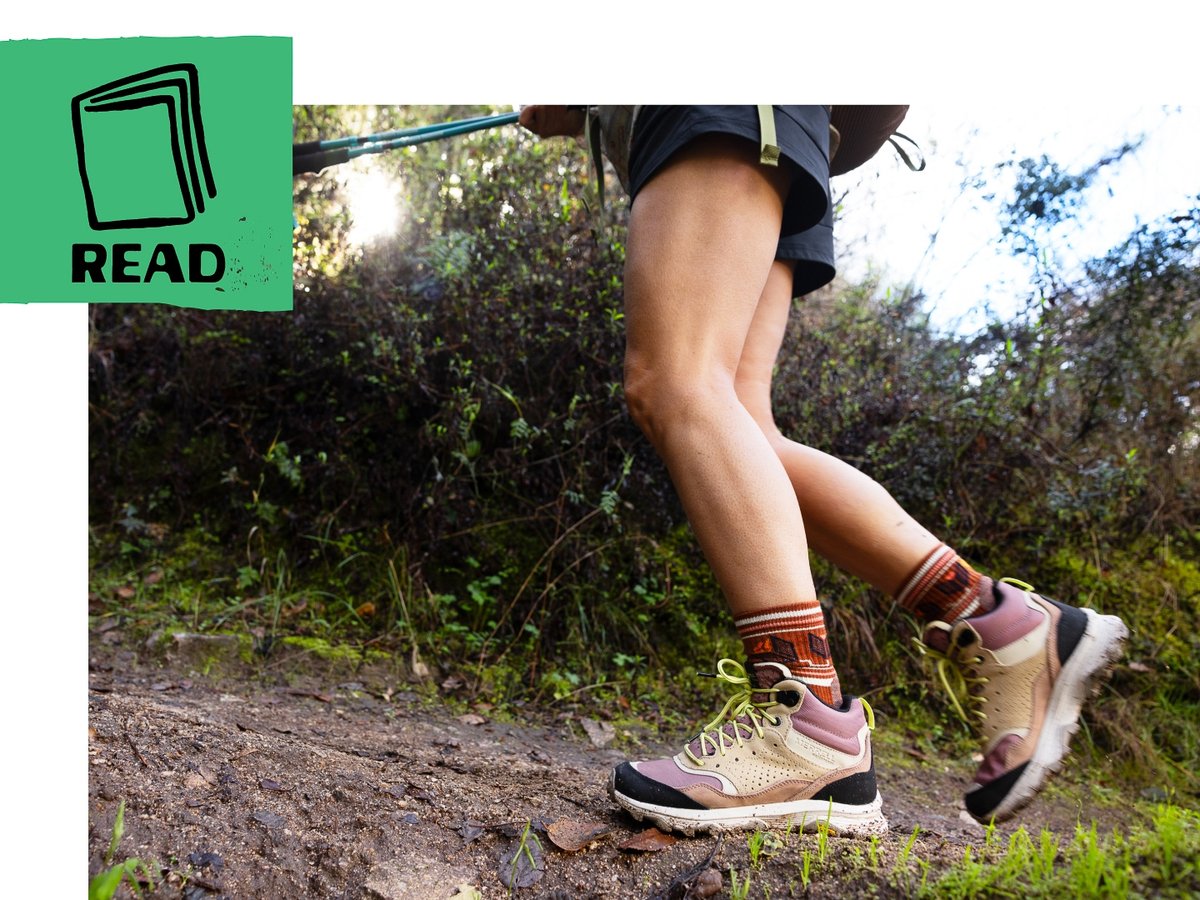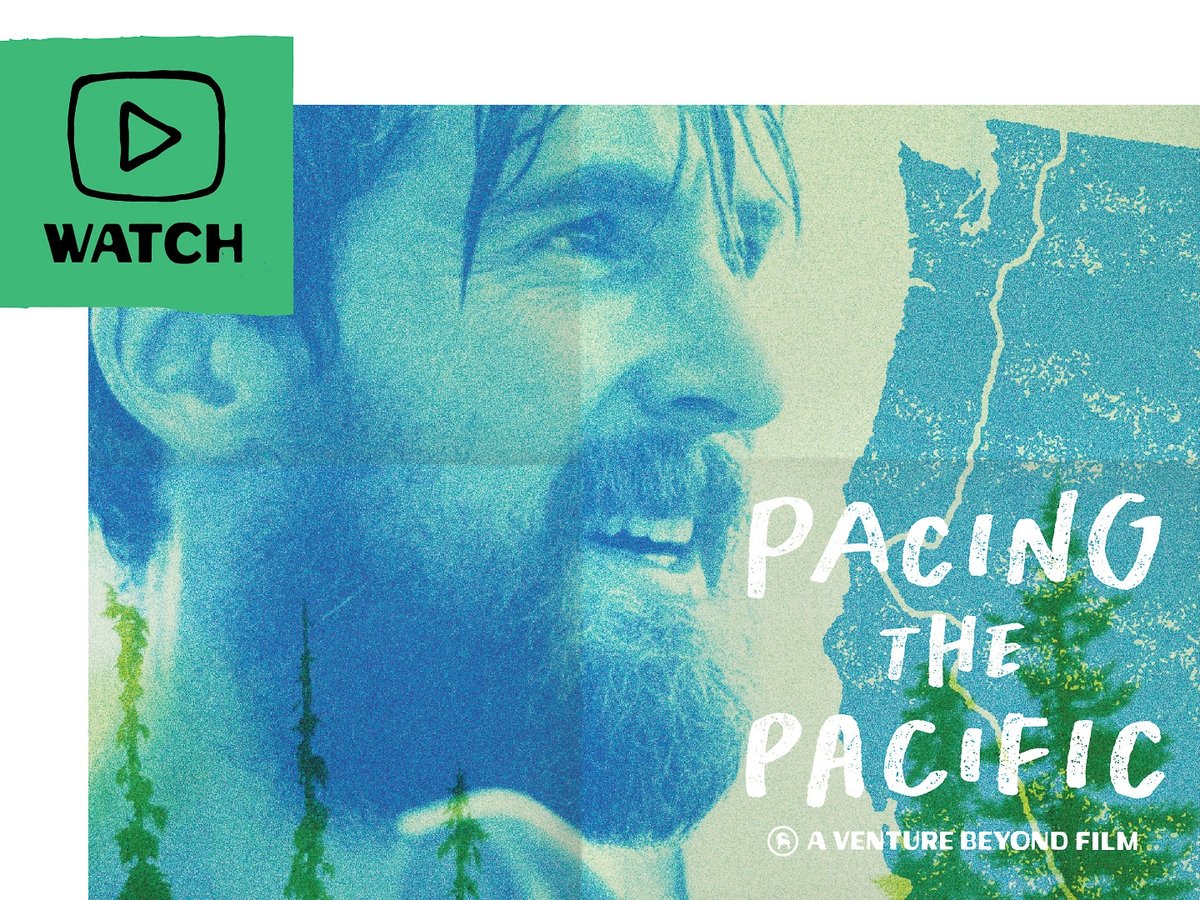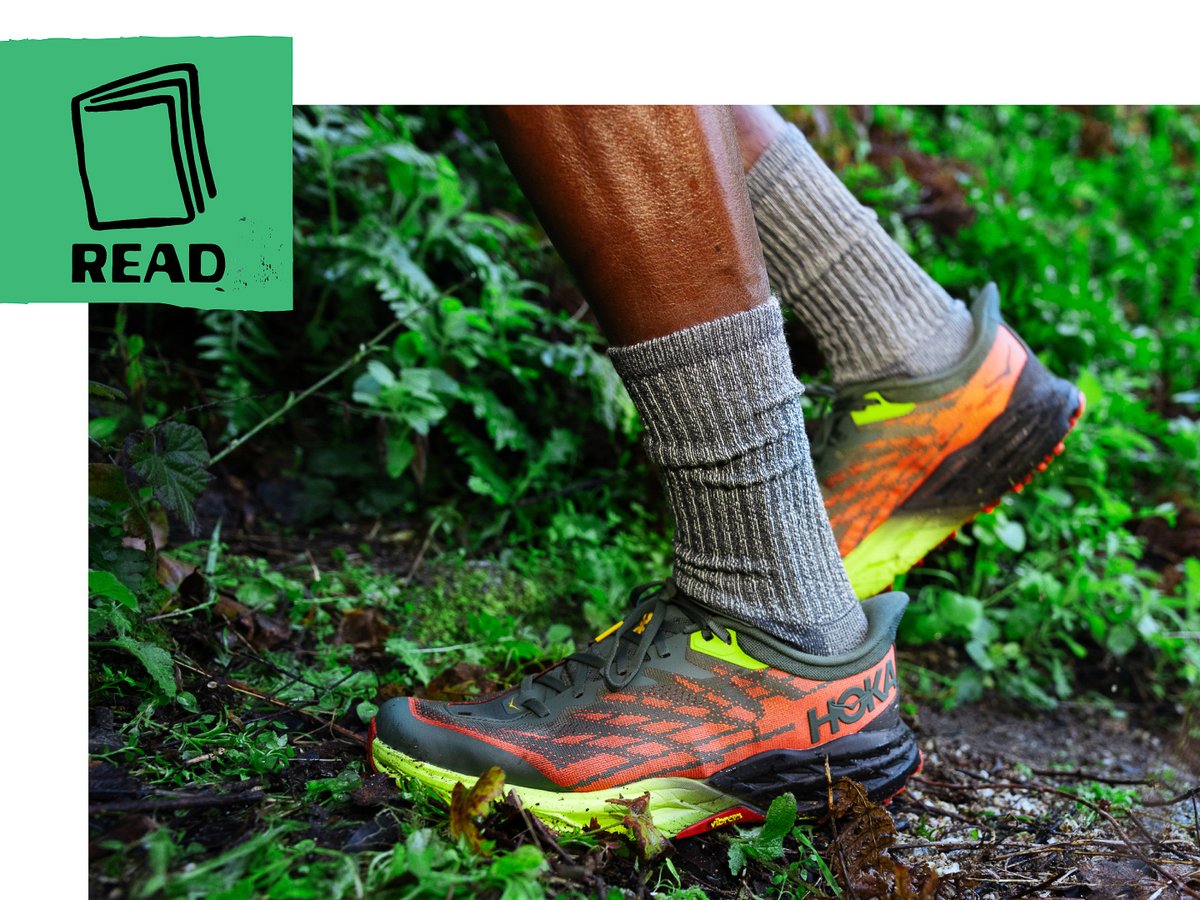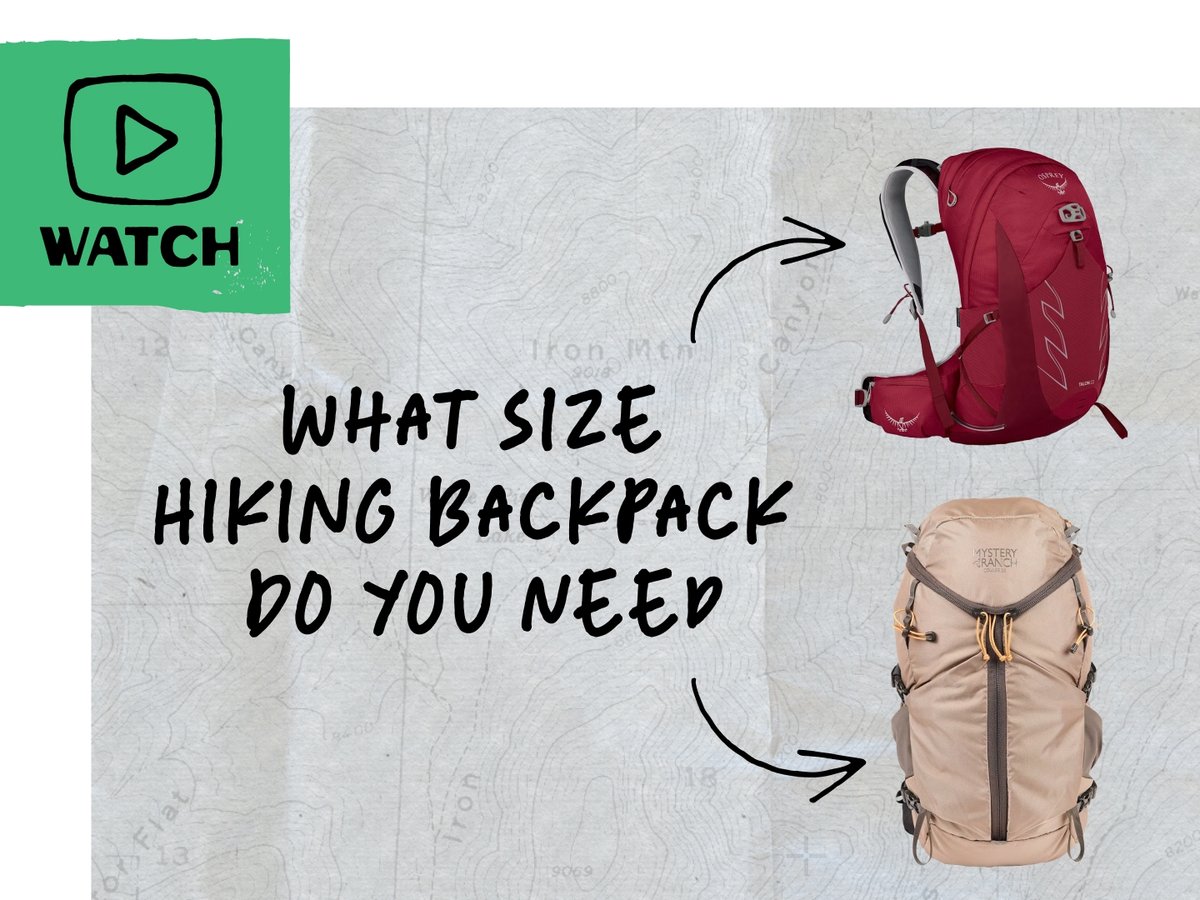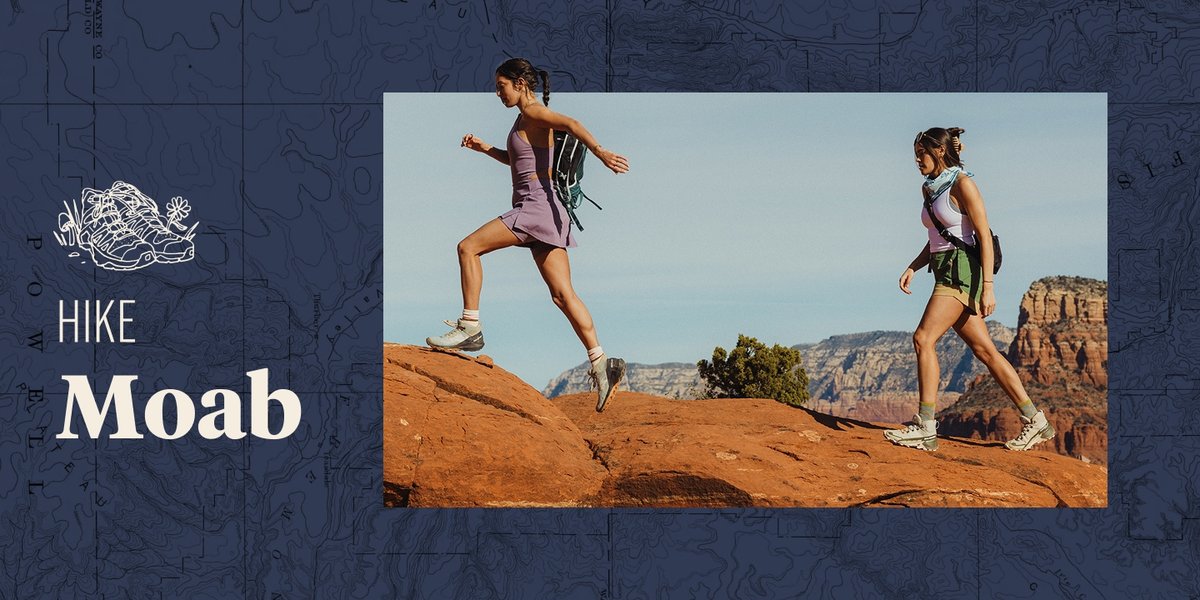
Gearhead's® Guide To Hiking Moab
Discover the breathtaking beauty of Moab through its iconic trails, where adventure meets the desert’s timeless allure.
Moab, Utah, is a hiker’s paradise, where red rock landscapes, towering arches, and winding canyons beckon adventurers from around the globe. With its diverse terrain, Moab offers trails for every level of hiker, from easy strolls through stunning geological formations to challenging routes that test your endurance. Whether you’re navigating the iconic trails of Arches National Park, marveling at the views in Canyonlands, or exploring the quiet beauty of Castle Valley, every step in Moab promises awe and inspiration.
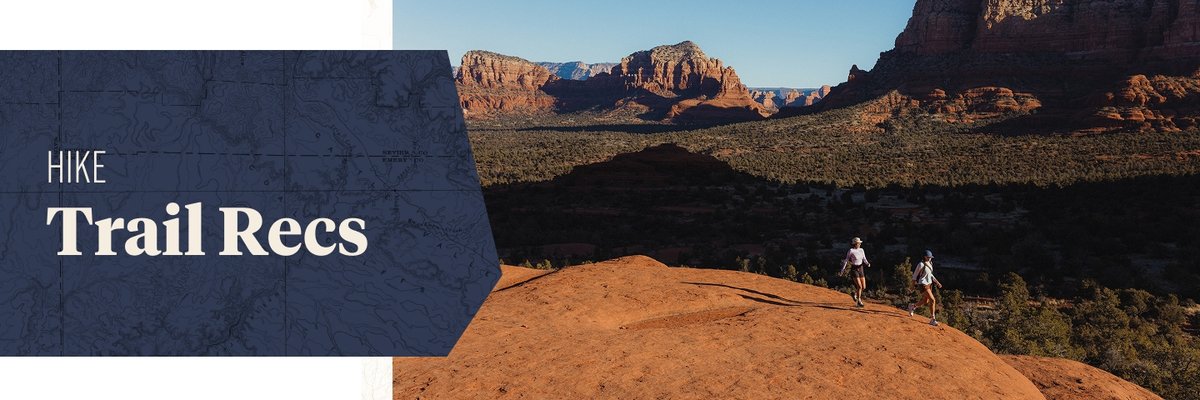
Moab Trails
Moab is a paradise for hiking enthusiasts, offering a range of trails that highlight its stunning desert landscapes, iconic rock formations, and awe-inspiring vistas. Here’s an overview of the top hiking areas and their must-see trails.
Arches National Park:
Home to over 2,000 natural stone arches, this iconic (so iconic it appears on Utah license plates) park showcases Utah’s unique geology and dramatic desert landscapes. With trails ranging from easy strolls to challenging loops, Arches is a must-visit for hikers of all skill levels.
- Devil’s Garden Trail: A 7.8-mile loop that winds past seven unique arches, including the stunning Landscape Arch and the secluded Double O Arch.
- Broken Arch Trail: A 1.8-mile easy loop featuring the beautiful Broken Arch and desert wildflowers.
- Tapestry Arch Trail: A 0.7-mile quick hike leading to a serene arch with a less crowded experience.
- Fiery Furnace & Surprise Arch: A 1.8-mile guided hike or self-navigated route through sandstone mazes and hidden arches (permit required).
- Delicate Arch Trail: A 3.2-mile moderate trek to Utah’s most iconic natural arch, offering jaw-dropping views at sunrise or sunset.
- Double Arch Trail: A short 0.6-mile walk to two massive arches that are perfect for photos.
- Park Avenue Trail: A 2-mile hike through towering sandstone walls resembling a grand outdoor cathedral.
Dead Horse Point State Park:
This park is famous for its breathtaking views of the Colorado River and dramatic canyon landscapes. Its trails are accessible yet offer some of the most stunning vistas in the region.
- East and West Rim Loop: A 5-mile moderate loop that combines smooth paths with scenic overlooks of the canyon.
- Big Horn Overlook: A 3.5-mile quiet trail leading to panoramic views of the park’s rugged terrain.
- Big Chief Loop: A 2.5-mile easy trail showcasing diverse terrain and wildlife sightings.
Canyonlands National Park:
Divided into the Island in the Sky and Needles districts, Canyonlands offers endless opportunities for exploration. Its vast canyons, dramatic overlooks, and unique geological features make it a hiker’s dream.
Island in the Sky
- Murphy Trail Loop: A 10.8-mile strenuous hike with unparalleled solitude and sweeping views of the canyons.
- Mesa Arch Trail: A 0.7-mile easy trail leading to a stunning arch with a sunrise view that’s second to none.
- Aztec Butte Trail: A 2.4-mile moderate hike with fascinating ancestral Puebloan ruins and ridge views.
- Colorado River via Lathrop Trail: A peaceful 4.2-mile descent to the river’s edge with sweeping desert vistas.
- White Rim Overlook: A 1.8-mile easy walk offering breathtaking views of the White Rim Road below.
- Grand View Point Trail: A 2-mile hike to Island in the Sky’s southernmost point for sweeping canyon views.
The Needles District
- Slickrock Foot Trail: A 2.4-mile easy loop showcasing sandstone formations unique to this district.
- Elephant Canyon Loop: A challenging 11.2-mile loop offering dramatic canyon vistas and access to Druid Arch.
- Druid Arch Trail: A 10.4-mile strenuous hike culminating in a view of the park’s striking rock formation.
Castle Valley:
Known for its quieter trails and red rock formations, Castle Valley provides an escape from the busier parks while still delivering stunning views.
- Fisher Towers Trail: A 4.4-mile moderate hike through dramatic rock spires and breathtaking vistas.
- Sylvester Trail: A 2.2-mile peaceful walk highlighting the valley’s unique rock formations.
- Professor Creek and Mary Jane Canyon Trail: An 8.6-mile moderate hike following a creek into a stunning slot canyon.
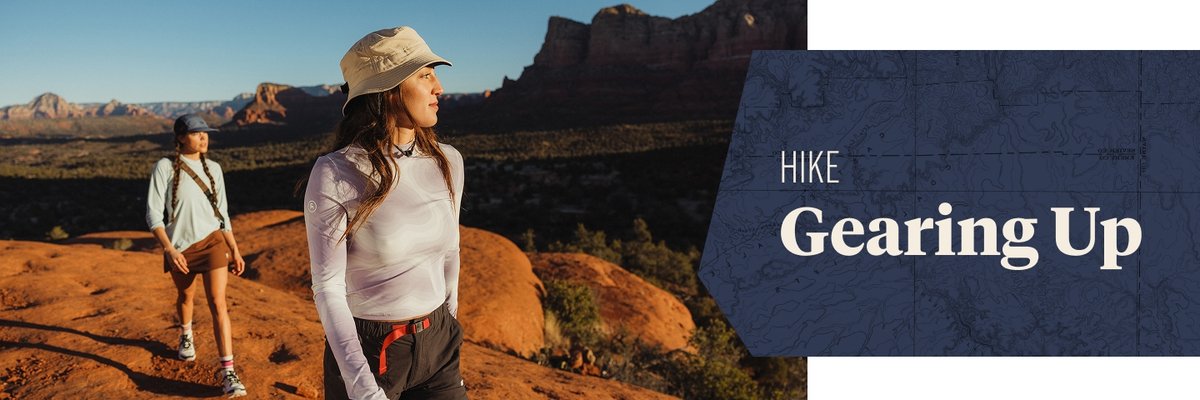
Hiking Essentials
When exploring the rugged beauty of Moab, being well-prepared ensures a safe and enjoyable hiking experience. Here’s a comprehensive list of must-have essentials for tackling the area’s unique trails.
Gear Checklist:
- Daypack: A lightweight and durable pack to carry all your gear, snacks, and water.
- Hydration: Bring plenty of water—hydration reservoirs or reusable bottles are ideal. Electrolyte supplements are great for longer hikes.
- Snacks: Pack high-energy foods like trail mix, protein bars, and fresh fruit.
- Footwear: Sturdy hiking boots or trail shoes for navigating rocky terrain.
- Clothing: Lightweight, moisture-wicking layers. Include a hat, sunglasses, and sun-protective clothing for Moab’s intense sunlight.
- Sun Protection: Sunscreen, lip balm with SPF, and a wide-brimmed hat to shield against the desert heat.
- Safety Gear: A first aid kit, emergency whistle, and multi-tool for unexpected situations.
- Navigation Tools: A physical map or GPS device in case cell service is unavailable.
Extras:
- Headlamp for early morning or late evening hikes.
- Trekking poles for stability on uneven terrain.
- Emergency blanket for unexpected weather changes.
Hiking Resources:
To make the most of your Moab hiking adventures, these digital resources provide invaluable tools for navigation, planning, and safety.
GAIA GPS
When venturing into the backcountry, there’s always a chance of getting lost. If wandering off the trail is something that holds you back from adventuring, GAIA GPS will act to reduce your anxiety. We recommend it for hikes of all skill levels and especially for those who are looking to go off trail.
AllTrails
A favorite among hikers, AllTrails helps you discover new hikes with user reviews, trail photos, and customizable filters for skill level, length, and difficulty. The app’s GPS tracking and offline maps make it a reliable companion for your Moab hikes.
By combining the right gear with powerful digital tools, you’ll be prepared to explore Moab’s incredible trails with confidence and ease. Adventure awaits!
Oh, and be sure to check out our Hiking Essentials Checklist article. It outlines everything you’ll need to get out on the trails and even includes a printable checklist!

Eating Out In Moab
Despite being a small desert town, Moab’s vibrant dining scene offers an ever-growing variety of options to satisfy your post-adventure cravings. Here are a few of our favorite spots to grab a bite to eat.
Sit-Down Restaurants:
- 98 Center Moab: A health-conscious eatery featuring fresh, locally sourced ingredients and Vietnamese-inspired dishes.
- Dewey’s Restaurant and Bar: A casual spot offering a diverse menu with hearty portions and a welcoming atmosphere.
- Josie Wyatt’s Grille: An upscale steakhouse with a Western vibe, perfect for a celebratory dinner.
- Moab Canyon Pizza Co: A local favorite for wood-fired pizzas and a family-friendly atmosphere.
- Thai Bella Moab: Authentic Thai cuisine offering bold flavors and a cozy dining experience.
- Jailhouse Cafe: A charming breakfast spot known for its delicious pancakes and hearty morning fare.
Quick Bites:
- Milt’s Stop & Eat: A Moab institution serving classic burgers, fries, and milkshakes since 1954.
- Moab Garage Co.: A cozy café offering coffee, smoothies, and light gourmet options.
- Bella’s Desert Deli: A perfect spot for sandwiches, wraps, and grab-and-go snacks.
- Doughbird: Famous for its donuts and fried chicken sandwiches, blending sweet and savory delights.
- Moab Street Dogs: A quick and satisfying stop for gourmet hot dogs with a creative twist.
Bars / Pubs:
- Proper Brewing Moab: A laid-back brewery offering craft beers and a relaxing post-hike atmosphere.
- The Broken Oar: A welcoming bar with hearty pub fare and cold drinks to cap off your day.
- Trailhead: A local favorite offering a great drink menu and a casual vibe.
Grocery Stores:
- City Market: A convenient spot for stocking up on trail snacks, picnic essentials, and drinks.
- The Village Market: A smaller market with locally sourced items and a friendly, community-oriented feel.

Rest & Recharge In Moab
After a full day of exploring Moab’s stunning trails, finding the perfect place to stay is essential for relaxing and preparing for your next adventure. From cozy hotels to scenic campgrounds, Moab offers a wide variety of lodging options to suit every traveler’s needs.
Hotels:
- Gonzo Inn: A boutique hotel with retro-modern design, offering spacious rooms and a laid-back atmosphere.
- Gravity Haus Moab: Perfect for outdoor enthusiasts, this property features modern amenities and easy access to trails.
- Hyatt Place Moab: A contemporary hotel with comfortable accommodations, an outdoor pool, and stunning views of the surrounding landscape.
- Hoodoo Moab, Curio Collection by Hilton: An upscale option with luxurious rooms, a full-service spa, and a rooftop lounge for unwinding after a hike.
- Lazy Lizard Hostel: A budget-friendly option offering shared and private accommodations, perfect for solo travelers or groups.
Camping:
For those seeking an immersive outdoor experience, Moab’s campgrounds provide unbeatable proximity to nature.
- Moab Under Canvas: A glamping site offering luxury tents with private bathrooms, wood stoves, and incredible desert views.
- Willow Springs: A free camping area with a rustic feel, located just north of Arches National Park.
- North Klondike: A peaceful spot popular among mountain bikers, featuring easy access to trails and basic amenities.
- Gemini Bridges: A secluded area ideal for those seeking solitude, surrounded by striking rock formations.
- Kayenta Campground (Dead Horse Point): A well-maintained site offering tent and RV spaces with spectacular views of the Colorado River.
- Island In The Sky (Canyonlands North): A scenic campground providing prime access to Canyonlands’ Island in the Sky district.
- Needles Outpost (Canyonlands South): A remote site near the Needles District, complete with basic services and stunning desert vistas.
Moab is one of the few places in the country that truly offer a sleeping option for everyone. The town has everything from luxurious resorts and high-end hotels to campsites for van dewellers, and if you’re on a tight budget (we get it), there are plenty of campsites to pitch a tent.

Best Time To Visit Moab
Spring (March–May) and fall (September–November) are the best times to explore Moab’s trails. Temperatures during these seasons are mild, with highs typically ranging from the 60s to 80s, making hiking more comfortable. Early morning hikes are essential in summer to avoid the intense heat, while winter offers a quieter and more serene hiking experience, with fewer crowds and snow-dusted landscapes.
Why Visit Moab?
Moab is more than just a destination; it’s an experience that leaves an indelible mark on anyone who walks its trails. From the iconic arches to the serene canyon rivers, every corner of this desert wonderland is a reminder of nature’s raw and unmatched beauty. Pack your gear, hit the trails, and discover why Moab is a bucket-list destination for hikers and outdoor enthusiasts alike.
